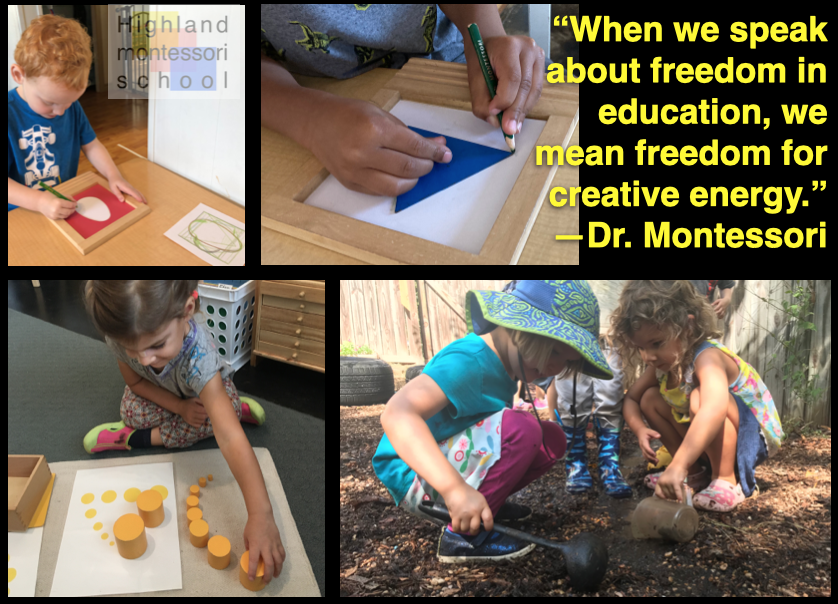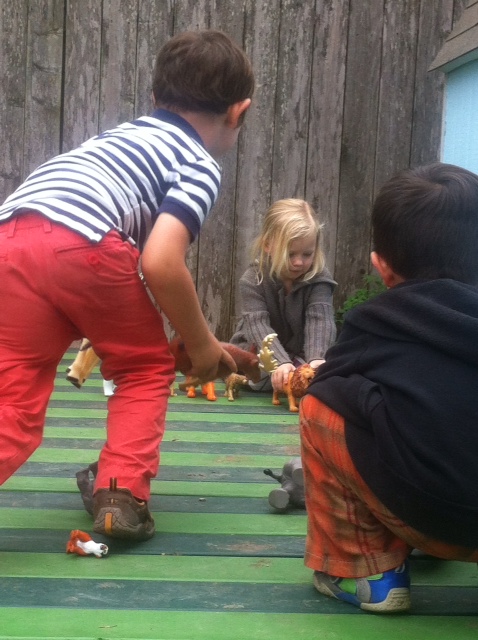One sunny afternoon last winter, our playground saw a group of children spontaneously gather each other for a game. Not just a simple imagination-type-game, but this group of children between the ages of 2 and 5 decided to play a game of charades.
The rules of the game were that one child would get up in front of the group and pretend to be an animal of his/her liking. The young spectators would then guess the animal. They organized themselves and sat down. Then they chose a child to be the first performer of his/her chosen animal for the group.

What did the teachers do? We just quietly observed, amazed at how the children carried on this organized, cohesive game for close to an hour. We watched as they patiently waited for their turns to play. There were leaders of the group who kept track of whose turn was next. Some younger ones left the game to do something else and came back without disturbing the flow of the game. There was respect for each other’s abilities to perform, and when one gave an entertaining performance they clapped and cheered.

Our young students are capable of so much. We must offer and provide them with ample space and opportunities to show us their order, self-discipline, and decision-making. In The 1946 London Lectures, Dr. Montessori discussed how freedom and discipline are connected. She wrote that in order for children to have such freedom/discipline the teacher must help them practice the skills that will lead them to it. Yes, we Montessorians enable the kiddos to write and guide them to the enjoyment of math, but so often this happens through the social moments that are only possible in a multi-age, multi-disciplinary classroom.
The children in this example were shown the way to treat and interact with each other in Grace and Courtesy lessons that we practice with them daily. The children are given ownership of their environment. Our goal is offer them the independence and freedom to channel their creative energy. The results continue to amaze us.
